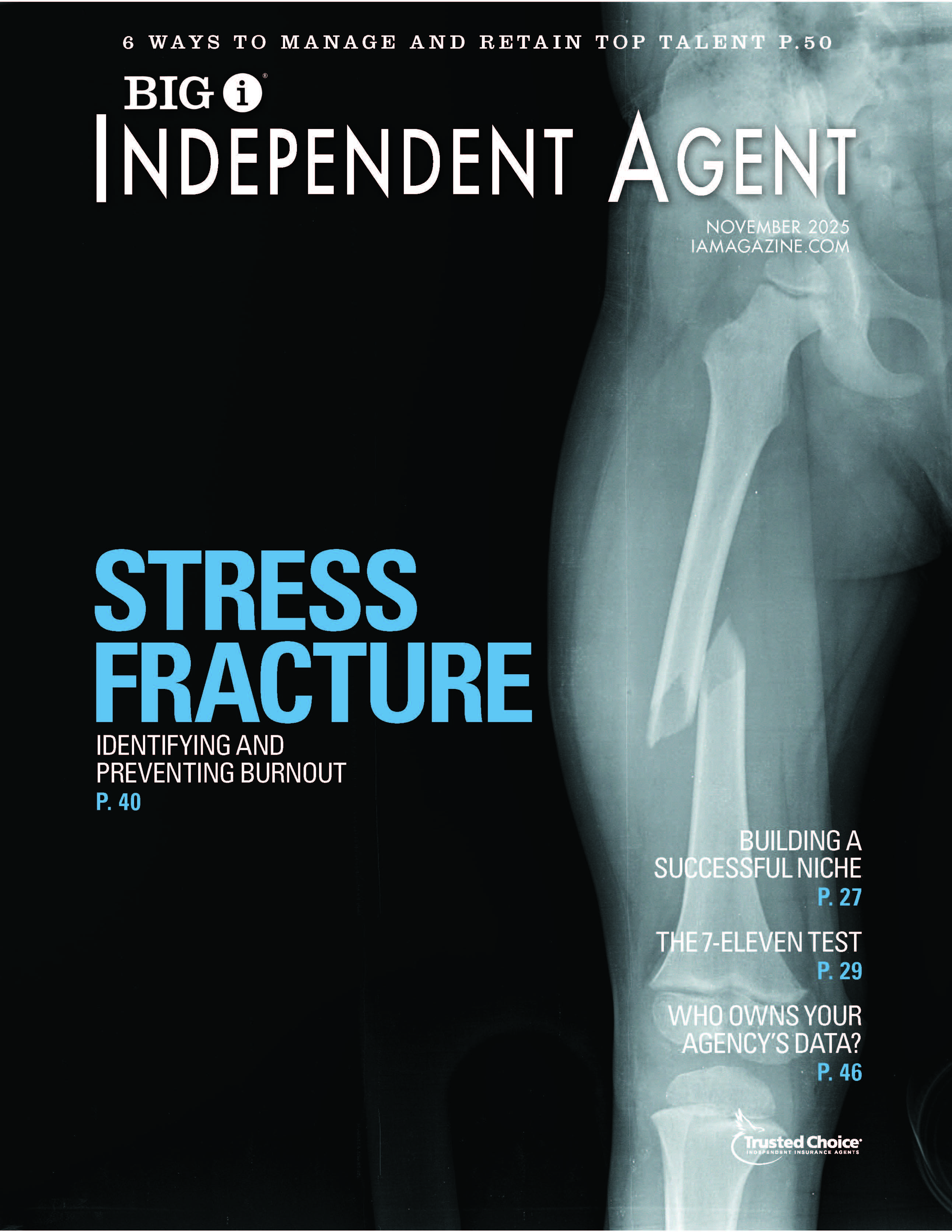7 Rules for Owning Your Next Presentation with Confidence

By: John Graham
It’s easy to understand why so many otherwise capable people are distressed, anxiety-ridden and almost paralyzed when they have to make a presentation—even to a friendly audience of three, let alone 300. They often reveal how they feel with an introduction like “I only wish I had more time to prepare” or “I’m not really good at public speaking.” Unfortunately, what follows usually proves it.
We tend to view successful presenters as committed, competent rising stars. But what is it that separates these presenters from those who struggle? Why do some presentations elicit enthusiastic responses, while others fall flat? Is it the content, the preparation, the person or something else?
According to research by Caroline J. Wesson, Ph.D. at the University of Wolverhampton in the U.K., the confidence listeners perceive in a speaker determines how they regard the person’s “accuracy, competence and knowledge level.” Wesson adds, “The more confidently expressed that information is, the more likely it is to be followed.”
Why is confidence so formidable and influential in presenting? The answer lies in what presentations are meant to accomplish—they’re meant to persuade. Listeners want to know why they should buy what you’re selling. They want to know why they should join your cause or accept your proposal. In other words, listeners want to know what to do. Logic alone won’t convince them—you need confidence, too.
Here are seven rules to keep in mind when it’s time to give your next presentation.
Rule 1: Prepare properly. Creating an outline doesn’t do it, and neither does “having in mind” what you want to say. Proper preparation means writing out every word you’re going to say. This is how you shape and focus your message—and get rid of what’s useless or irrelevant.
Rule 2: Control the situation. Presenters are actors—and they’re also directors. It’s their job to set the stage and take control. Here’s an example: A wealth management firm engaged a well-known business school professor to speak at a client event. When more guests showed up than expected, the speaker found himself in the untenable position of standing by himself in the middle of the room, surrounded by a crowd. No one could succeed in such conditions, and he didn’t. Experienced speakers set expectations.
Rule 3: Never apologize. Avoid statements like “I’m not a speaker” 0or “My grandmother’s cat died.” All they do is broadcast your lack of confidence. Those listening may still be sitting there, but they’re gone, never to return. Presenting isn’t about you. Don’t let yourself down.
Rule 4: Break the PowerPoint habit. Depending on slides is an addiction—once it has you in its grasp, it won’t let go. Use slides and other props, such as videos and graphics, sparingly. Never read from the screen; keep the focus on you and what you’re saying.
Rule 5: Start strong. Demonstrate confidence from the get-go. Drop the warmup and steer clear of jokes, unless you’re an experienced stand-up comic. Instead, try telling a story about how your product or service helps customers and how it can benefit them. Don’t waste time—get to the point.
Rule 6: Provide a roadmap. Don’t let listeners get lost in a swamp, make a wrong turn or be distracted by other sights along the way. To keep listeners focused, let them know where you’re going. Example: “Here’s where we are today. We have three choices. Only one of them will get us where we want to be.” A roadmap enhances confidence.
Rule 7: Close compellingly. Never leave listeners confused or up in the air. That only shatters their confidence in you and your message. Your closing task is to reaffirm why your proposal, plan, concept or initiative is correct—and, most important, what your listeners will lose if they don’t approve or adopt it.
Why is presenting a skill that’s key to career advancement? It demonstrates all the right qualities—insight, leadership and confidence.
John Graham of GrahamComm is a marketing and sales strategy consultant and business writer.










